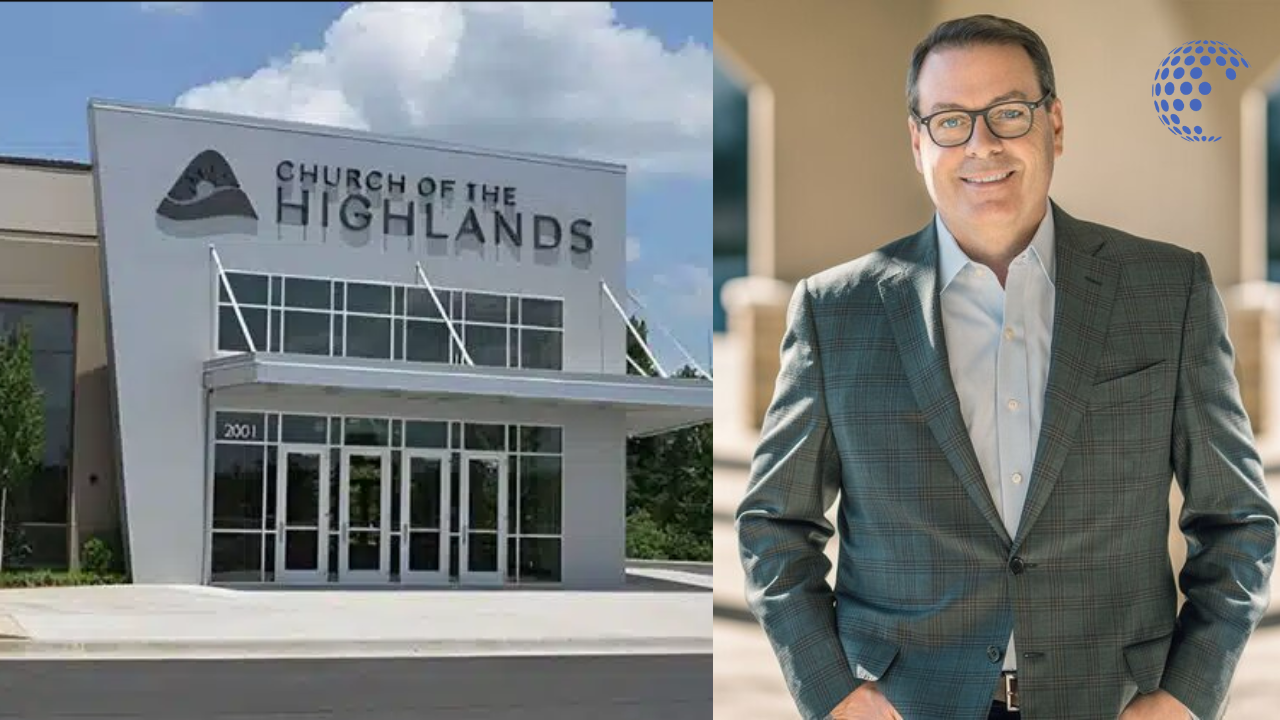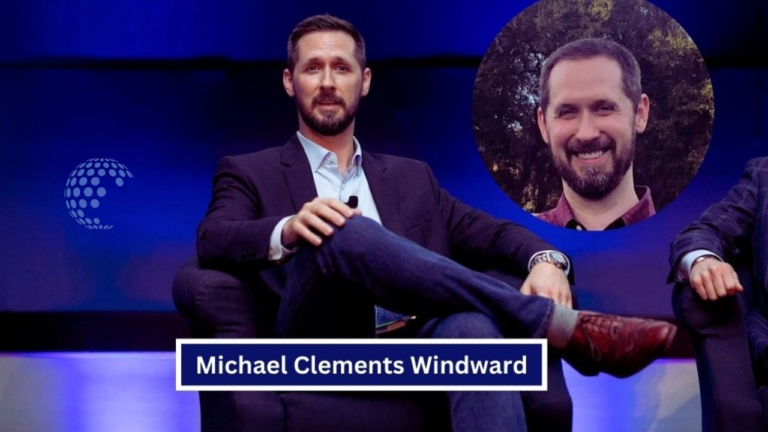Church of the Highlands Exposed: An Inside Look at Megachurch Controversies

In recent years, the Church of the Highlands has been at the centre of numerous controversies, with critics using the term “Church of the Highlands exposed” to shed light on various issues. From financial practices to political involvement, this megachurch based in Alabama has faced scrutiny on multiple fronts. Despite these controversies, the Church continues to draw a large following with its modern worship style and extensive community programs.
The Financial Transparency Debate
At the heart of the criticisms facing the Church of the Highlands is a contentious debate over financial transparency. Former members and external observers have questioned how the Church manages and discloses its financial resources. A particular point of contention is the opaque nature of the Church’s budgeting and expenditure reports, which some argue leaves too much room for financial decisions without congregational oversight or accountability. This lack of transparency has sparked concerns over whether the Church is adequately stewarding the tithes and donations it receives, with critics suggesting that more openness could dispel doubts and foster trust within the community. The issue is further complicated by allegations of misallocating funds, prompting calls for the Church to adopt more rigorous financial disclosure practices. While the Church has defended its financial management, the ongoing debate highlights a critical area where the Church of the Highlands could improve its relationship with members and the broader public by embracing greater transparency and accountability in its financial practices. This step could address the concerns raised and set a precedent for other megachurches facing similar scrutiny.
Leadership Controversies Unveiled
The Church of the Highlands leadership, including its prominent Pastor Chris Hodges, has not been immune to controversy, contributing to the overarching narrative of exposure. These controversies stem from various incidents and decisions that have prompted public and private scrutiny. Notably, the conduct and decision-making processes of the Church’s leaders have come under fire, raising questions about accountability and ethical leadership within the megachurch framework.
Critics argue that certain leadership actions and choices seem misaligned with the Church’s stated values and mission, leading to a disconnect between the congregation’s expectations and the reality of the Church’s direction. This discrepancy has ignited debates on the true role of leadership in guiding the Church’s spiritual and community objectives while maintaining personal integrity and transparency.
Incidents that have specifically drawn attention include social media activity by church leaders that was perceived as insensitive or controversial, raising concerns about the inclusivity and compassion of the Church’s leadership. Additionally, handling internal disputes and the approach to leadership succession plans have been contentious topics, suggesting a need for more democratic processes within the Church’s governance structures.
These leadership controversies affect the internal dynamics of the Church of the Highlands and impact its reputation in the wider community. The unfolding of these issues is a pivotal moment for the Church, offering challenges and opportunities for growth and reformation in leadership practices.
Political Involvement and Conservative Ties
The engagement of the Church of the Highlands in local politics and its connection to conservative ideologies has ignited debates about the role of religious organizations in public policy and governance. Critics argue that the Church’s alignment with specific political agendas could compromise its ability to serve the broader community inclusively. Concerns have been raised about how the Church’s considerable influence might sway political outcomes and public opinion, particularly on issues where faith and policy intersect. This relationship has led to apprehensions regarding the separation of Church and state, with some fearing that the Church’s political leanings might overshadow its spiritual mission.
The Church’s participation in political matters extends beyond mere advocacy. It often hosts events and forums that feature political figures aligned with conservative causes. These activities raise questions about whether the Church blurs the lines between spiritual guidance and political endorsement. Additionally, the Church’s leadership has been known to express views on social and political issues that resonate with conservative ideologies, further cementing its ties to particular political factions and ideologies.
While the Church asserts that its political involvement stems from a desire to promote values it deems necessary, the extent and nature of this involvement continue to be a source of contention. This dynamic has placed the Church of the Highlands at the forefront of discussions about the appropriate boundaries for religious institutions within the political sphere, highlighting a complex interplay between faith, politics, and community service.
Navigating Race Relations and Social Issues
The Church of the Highlands has encountered criticism regarding its approach to race relations and social justice, with some community members expressing disappointment over what they perceive as the Church’s inadequate engagement with these critical issues. Concerns have been voiced about the Church’s response to national events highlighting racial inequality and social injustice, prompting a discussion on whether it has sufficiently used its platform and resources to advocate for meaningful change. This scrutiny comes when religious organizations are increasingly expected to take a stand on social issues, reflecting a broader societal demand for institutions to contribute positively to conversations about race and equality.
Critics argue that for a church of its size and influence, there is a significant opportunity to lead by example by more actively participating in community-based initiatives to bridge racial divides and support marginalized groups. This includes suggestions for the Church to host events centered on racial reconciliation and social justice, and to collaborate with local organizations that work directly with communities affected by systemic inequalities.
Additionally, the feedback loop between the Church’s leadership and its congregation appears to be another area ripe for improvement. By fostering an environment where dialogue about race and social issues is encouraged and valued, the Church can better align its actions with its members’ diverse needs and perspectives. Implementing forums for open discussion and education on these topics could be a pivotal step towards enhancing the Church’s role in addressing societal challenges, moving beyond mere acknowledgment to active involvement and support.
The Appeal of Modern Worship and Community Programs
One key factor contributing to the Church of the Highlands’ enduring popularity, despite facing various controversies, is its innovative approach to worship and commitment to community outreach. The Church employs a contemporary worship style, integrating modern music, technology, and a casual atmosphere that resonates with a broad audience, especially younger congregants. This modern approach to worship helps create an inviting and engaging environment where people feel more connected to the shared spiritual messages.
Beyond its worship services, the Church of the Highlands is renowned for its extensive community programs. These initiatives cover a wide range of services, including health and wellness programs, support groups, and volunteer opportunities designed to meet the diverse needs of the community it serves. Through these efforts, the Church fosters a sense of belonging and support among its members, making a tangible impact in the broader community. By addressing social, emotional, and physical needs, the Church embodies its mission to be a force for good, extending its reach beyond the confines of traditional worship.
This dynamic blend of modern worship and proactive community engagement is a significant draw for many, showcasing the Church’s ability to adapt to contemporary needs while fulfilling its spiritual mission. These elements play a crucial role in the Church’s ability to attract and retain a diverse and vibrant congregation, underscoring the positive aspects of its ministry amid the complexities of its broader challenges.
Read More
The Balance Between Faith and Criticism
In navigating the waters of faith and public scrutiny, the Church of the Highlands stands at a critical juncture. Its multitude of criticisms brings forth an opportunity for introspection and renewal. Striking a delicate balance involves acknowledging the community’s concerns while steadfastly holding to its core religious convictions. This journey is about addressing or deflecting criticism and engaging in meaningful dialogue that bridges gaps and fosters understanding.
The Church’s leadership is tasked with a delicate mission: to reflect on feedback, discern its validity, and implement changes where necessary without compromising on the fundamental tenets of their faith. It is an intricate dance of adapting to societal changes and challenges while preserving the essence of their spiritual mission. This process entails a commitment to transparency, especially in financial and leadership matters, and a willingness to evolve how race relations and social issues are addressed.
Engaging constructively with criticism can catalyze growth and deepen faith. It demonstrates a commitment to not only preaching values but living them out in tangible ways. This approach can enhance the Church’s credibility and influence, turning challenges into stepping stones for building a more inclusive and impactful community.
As the Church of the Highlands forges ahead, its path in responding to these critiques will significantly influence its legacy. Embracing this moment as an opportunity for growth could redefine its place in both the spiritual landscape and the broader societal discourse, reflecting a mature integration of faith and responsiveness to community concerns.






